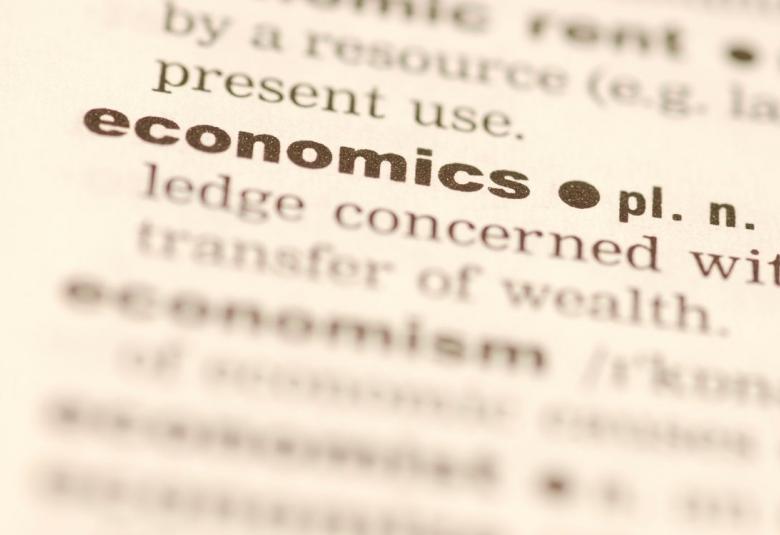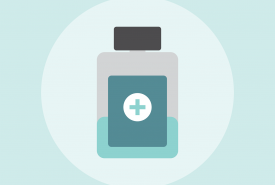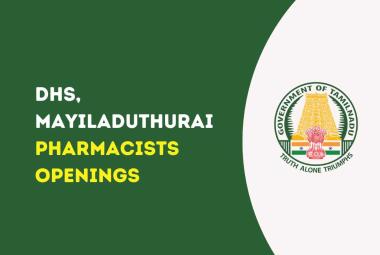NEED OF PHARMACOECONOMICS IN INDIAN HEALTH CARE SYSTEM: A BRIEF REVIEW
About Authors:
Hinchagri S S 1*, Halakatti P K2, Devar S B2, Biradar B S2, Kankanwadi S K2, Patil S D2
1. HKES’s College of Pharmacy, Sedam Road, Gulbarga, Karnataka, India
2. HSK College of Pharmacy, BVVS’s Campus, Bagalkot, Karnataka, India
*shivanand.hinchageri95@gmail.com
Abstract:
In India, nearly 3.1 million households below the poverty line and those are unaffordable for private health care. Cost of medicines are growing constantly as new medicines are marketed and are under patent law, preference of drug therapy over invasive therapy, and the irrational drug prescription. In a developing country like India 85% of total health expenditure is financed by house-hold, out-of–pocket expenditure. The proportion of insurance in health-care financing in India is very low. Many poor people frequently face a choice between buying medicines or buying food or other necessities due to limited resources and high pricing of drug. So medicine prices do matter. The main objective of study is to show the importance of pharmacoeconomic evaluation in Indian health care. Methods to be used for pharmacoeconomic evaluation are Cost-effectiveness analysis, Cost minimization analysis, Cost-benefit analysis and Cost-utility analysis. Review of pharmacoeconomic evaluation sample studies shows the pharmacoeconomics became more important 1. To find the optimal therapy at the lowest price. 2. Numerous drug alternatives and empowered consumers also fuel the need for economic evaluations of pharmaceutical products. 3. The use of economic evaluations of alternative healthcare outcomes. 4. Healthcare resources are not easily accessible and affordable to many patients; therefore pharmacoeconomic evaluations play an important role in the allocation of these resources. The study concludes that in India the pharmacoeconomic evaluation is essential to optimal therapy at lowest price, alternative treatment plans, which help the poor and middle class Indians to obtain well health care services.



 About Authors:
About Authors:
 About Authors:
About Authors:






